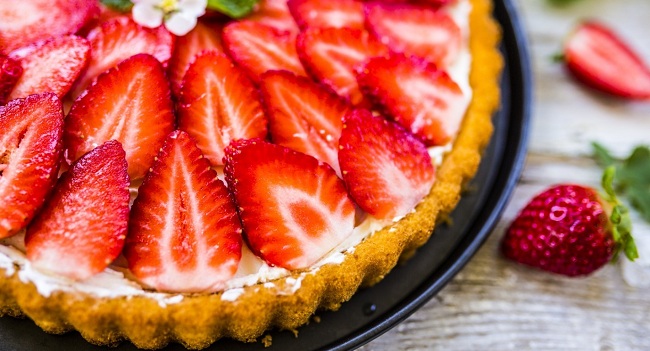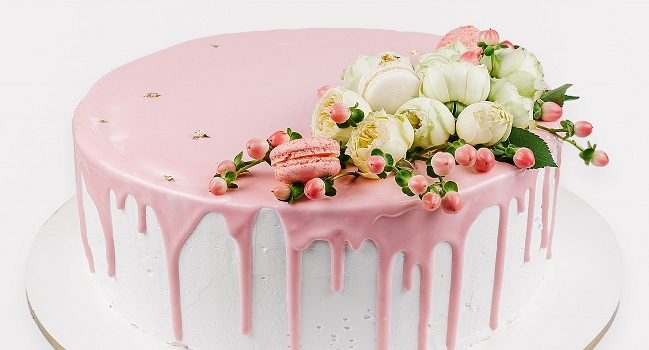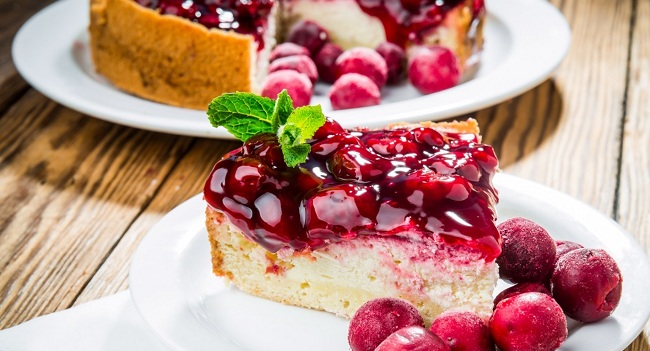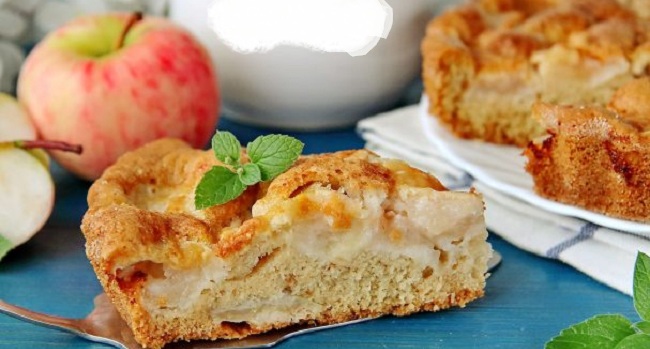These are very important tips for making delicious pastries!

- Keep a bowl of ice water nearby. When you work with oily dough, it can melt due to your warm hands, making the job much more difficult. To avoid this, keep a bowl of very cold water nearby and dip your hands into it as needed.
- Use butter and eggs at the right temperature. If a recipe calls for your eggs and butter to be at room temperature or cold, take it seriously. This is how you will achieve the best result.
- Warm eggs quickly. The easiest way to bring your eggs to room temperature quickly is to put them in a bowl of warm water. However, you can overheat them this way. The best way is to break the eggs into a stainless steel bowl, put it in warm water and control the heating process with your finger for 1-2 minutes.
- Heat the oil quickly. To heat up the oil faster, place it between layers of polyethylene and hit it hard with a rolling pin. Continue rolling the butter in this way until it is about one and a half centimeters thick. Let the oil rest for 5 minutes, turn over, wait another 5 minutes and then use to cook.
- Foam the butter and sugar as needed. If the recipe states that you need to beat the butter and sugar, then just mixing them is not enough. Foam both ingredients to blow air into the oil. This is especially important for pastries. For cookies, on the other hand, butter and sugar should only be whipped if the recipe requires it. Otherwise, the baked goods will settle in the oven.
- Do not whisk flour. Foaming flour is not recommended – just mix it with the rest of the ingredients with a mixer until smooth. Otherwise, the baked goods will be too hard.
- Don’t worry about the lumps in your cupcakes. Any lumps that are present in the muffin batter will disappear during baking.
- Bake muffins on parchment paper. The baking paper will keep the cake from burning or escaping from the mold.
- Use parchment paper for the pies. Regardless of the recipe, always line the bottom of the tin with baking paper. This will make it easier for you to get the finished cake out of the mold.
- Fill empty muffin molds with water. If you are making muffins and you do not have enough dough for all the notches in the mold, fill the empty holes with a little water. This will save the shape from deformation.









